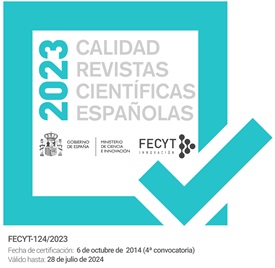This paper presents empirical research comparing the accounting difficulties that arise from the use of two valuation methods for biological assets, fair value (FV) and historical cost (HC) accounting, in the agricultural sector. It also compares how reliable each valuation method is in the decision-making process of agents within the sector. By conducting an experiment with students, farmers, and accountants operating in the agricultural sector, we find that they have more difficulties, make larger miscalculations and make poorer judgements with HC accounting than with FV accounting. In-depth interviews uncover flawed accounting practices in the agricultural sector in Spain in order to meet HC accounting requirements. Given the complexities of cost calculation for biological assets and the predominance of small family business units in advanced Western countries, the study concludes that accounting can be more easily applied in the agricultural sector under FV than HC accounting, and that HC conveys a less accurate grasp of the real situation of a farm.
Este estudio realiza un investigación empírica comparando las dificultades que se derivan de la utilización del valor razonable (VR) y del coste histórico (CH) en el sector agrícola. Se analiza también la fiabilidad de ambos métodos de valoración para la interpretación de la información y la toma de decisiones por parte de los agentes que actúan en el sector. Mediante un experimento realizado con estudiantes, agricultores y contables que operan en el sector agrícola, se halla que estos tienen más dificultades, cometen mayores errores e interpretan peor la información contable realizada a CH que la realizada a VR. Entrevistas en profundidad con agricultores y contables agrícolas desvelan prácticas contables defectuosas derivadas de la necesidad de aplicar el CH en el sector en España. Dadas las complejidades del cálculo del coste de los activos biológicos y el predominio de pequeñas explotaciones en el sector en los países occidentales avanzados, el estudio concluye que la contabilidad a VR constituye una mejoría de utilización y desarrollo de la contabilidad en el sector que la confeccionada a CH. Asimismo, el CH transmite una peor representación de la situación real de las explotaciones agrícolas.
The authors are grateful to the Universitat de Barcelona and the Spanish Ministerio de Educación y Ciencia (SEJ2005-04037/ECON) for granting this research, as well as to some students, farmers, accountants, firms and institutions (that prefer to remain anonymous) that agreed to participate in the experiment that made possible this study.






